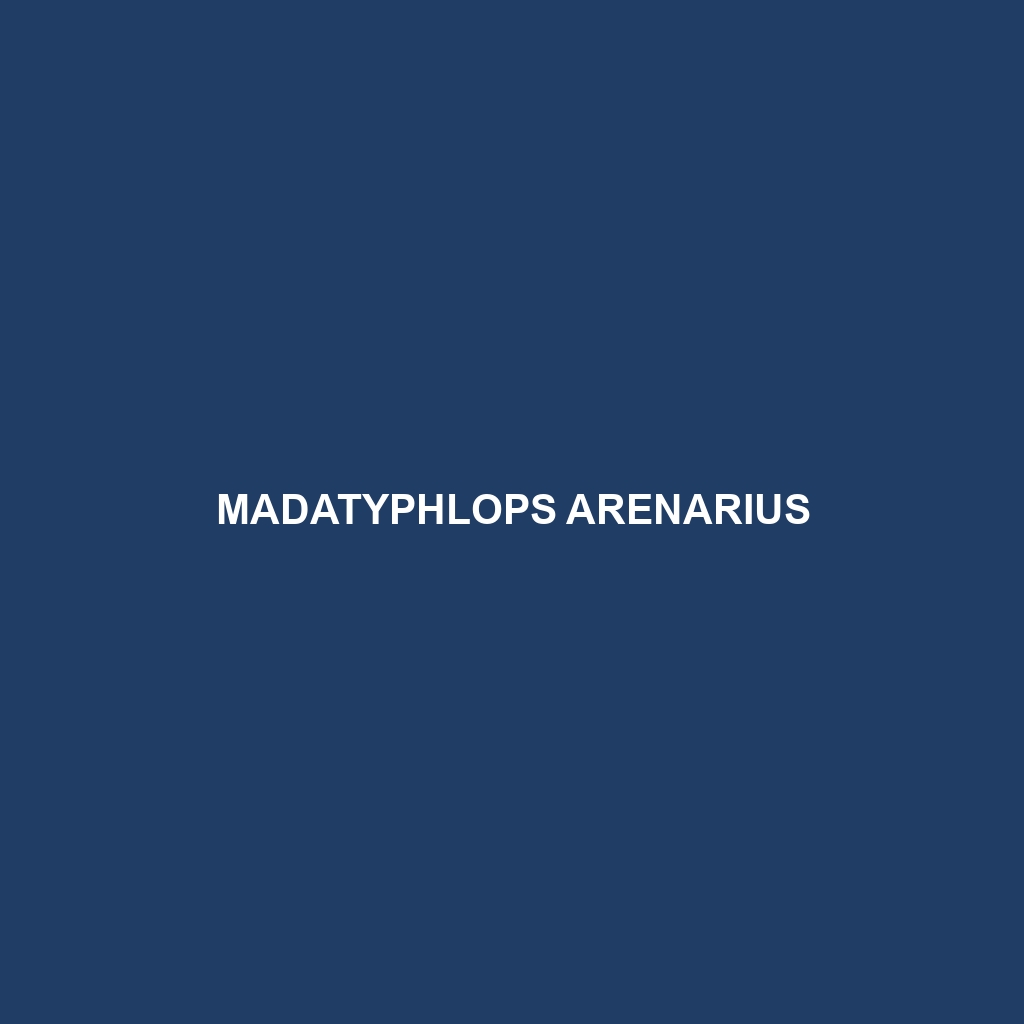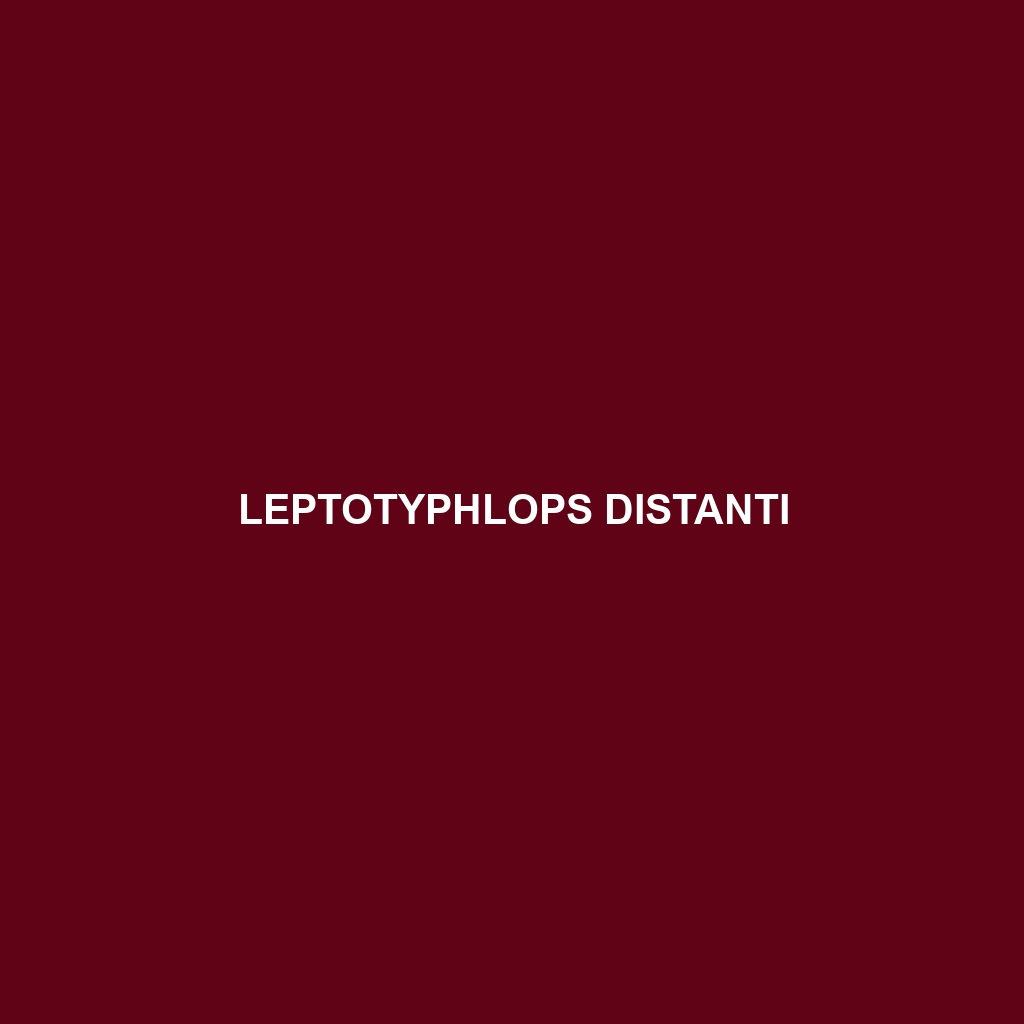The <b>Madatyphlops arenarius</b>, or sand-dwelling blind snake, is a small, nocturnal insectivore found in arid regions of southern Africa, particularly in sandy habitats of <b>South Africa</b> and <b>Namibia</b>. Reaching lengths of up to 30 cm, this smooth, beige or pale brown snake exhibits reduced eyes and uses its burrowing abilities to hunt for ants and termites while playing a vital role in the ecosystem by controlling invertebrate populations.
Tag: blind snake adaptations
Leptotyphlops distanti
Discover the Leptotyphlops distanti, also known as the distant blind snake, a fossorial insectivore primarily found in the tropical and subtropical regions of South America. With its slender, limbless body and reduced eyesight, this unique species plays a crucial role in controlling insect populations and maintaining ecological balance.
Gerrhopilus papuanorum
Discover the <b>Gerrhopilus papuanorum</b>, or Papuan blind snake, a remarkable nocturnal species thriving in New Guinea's lush rainforests and diverse ecosystems. With its slender body, specialized sensory scales, and role as an insectivore, it plays a vital part in maintaining ecological balance while adapting to its underground lifestyle.
Anilios nigrescens
Discover the Anilios nigrescens, or blackish blind snake, indigenous to northern Australia and New Guinea. This fossorial species features a sleek, dark appearance, small vestigial eyes, and plays a vital role in controlling insect populations through its diet of small invertebrates.



